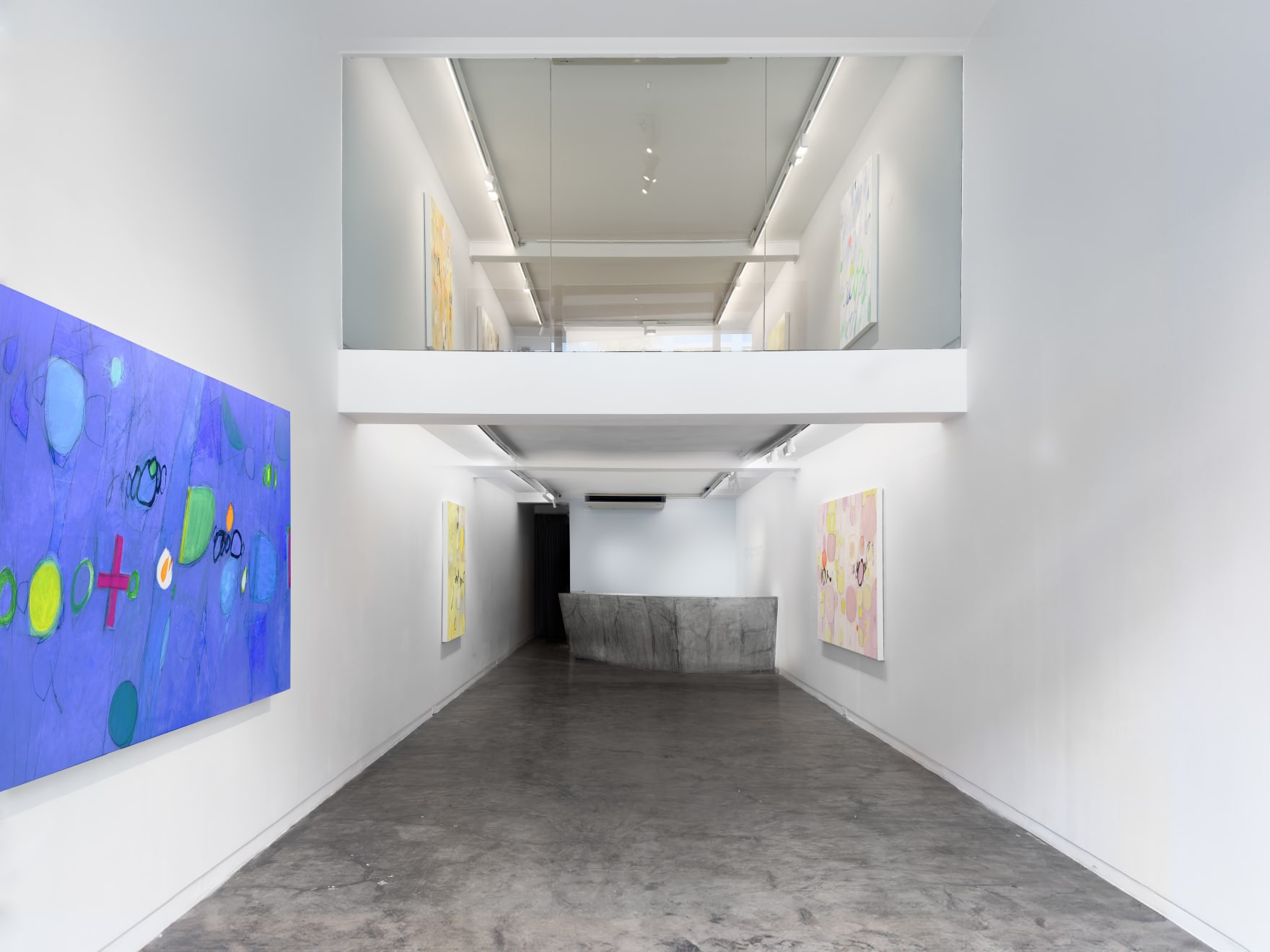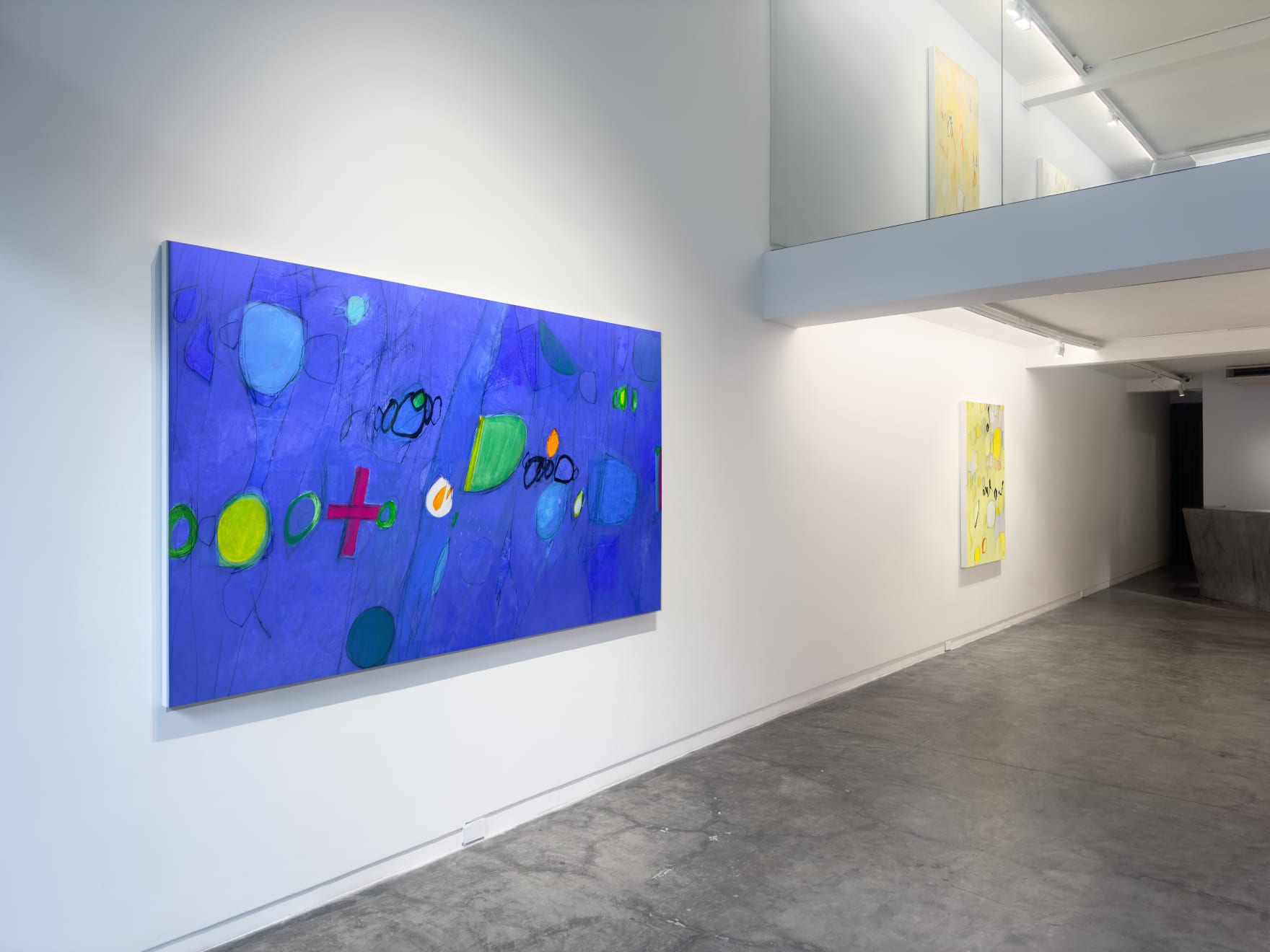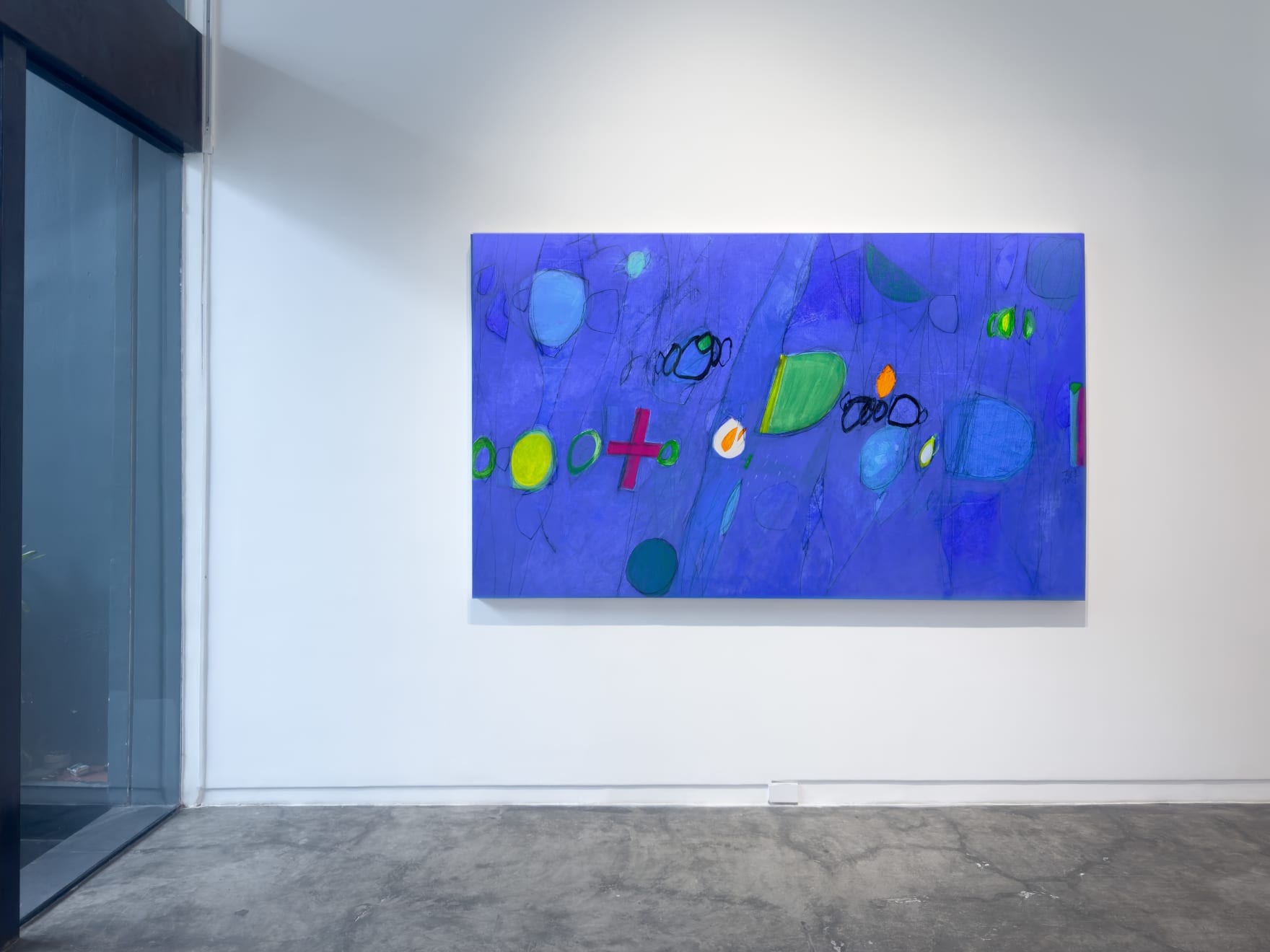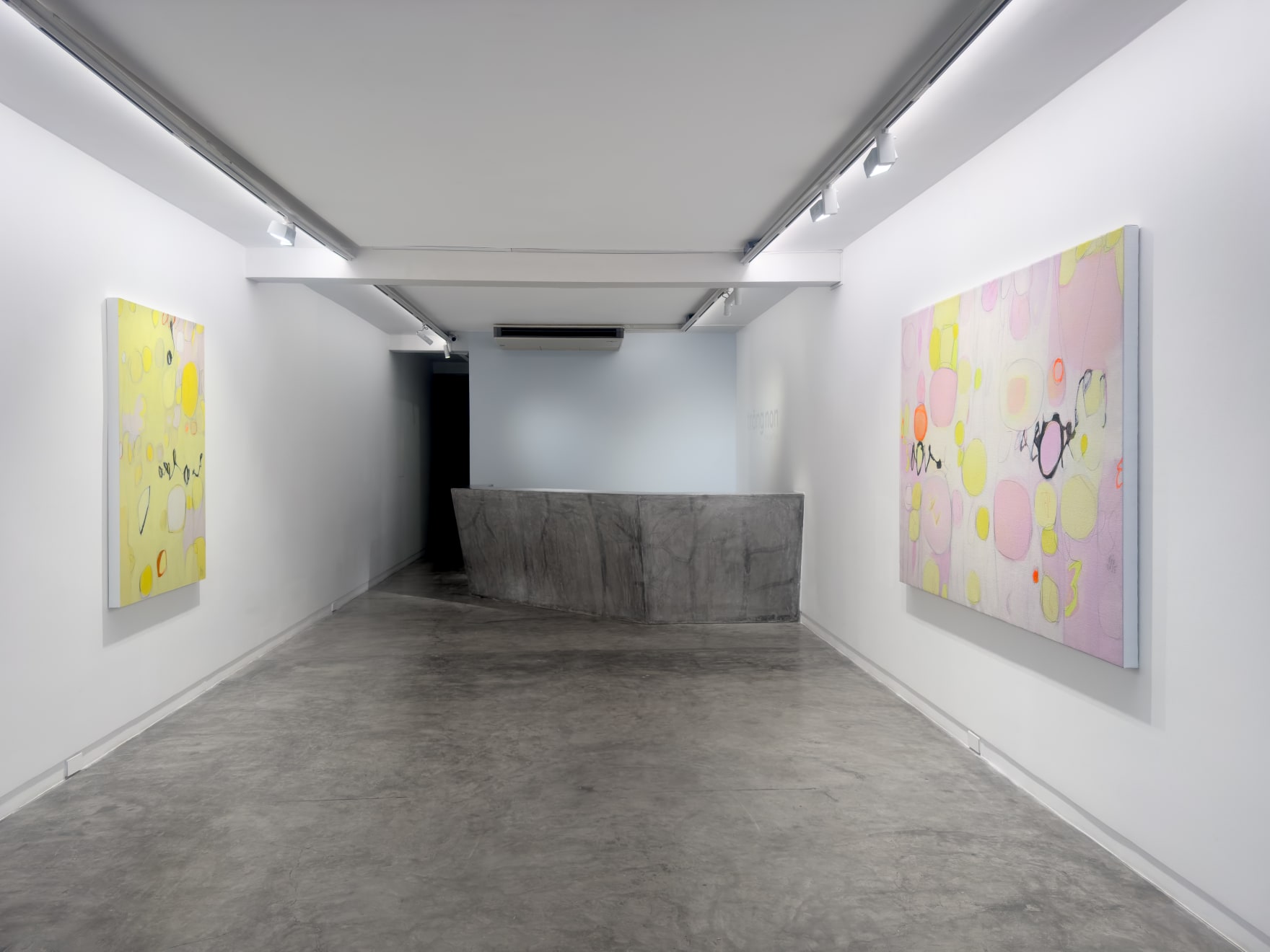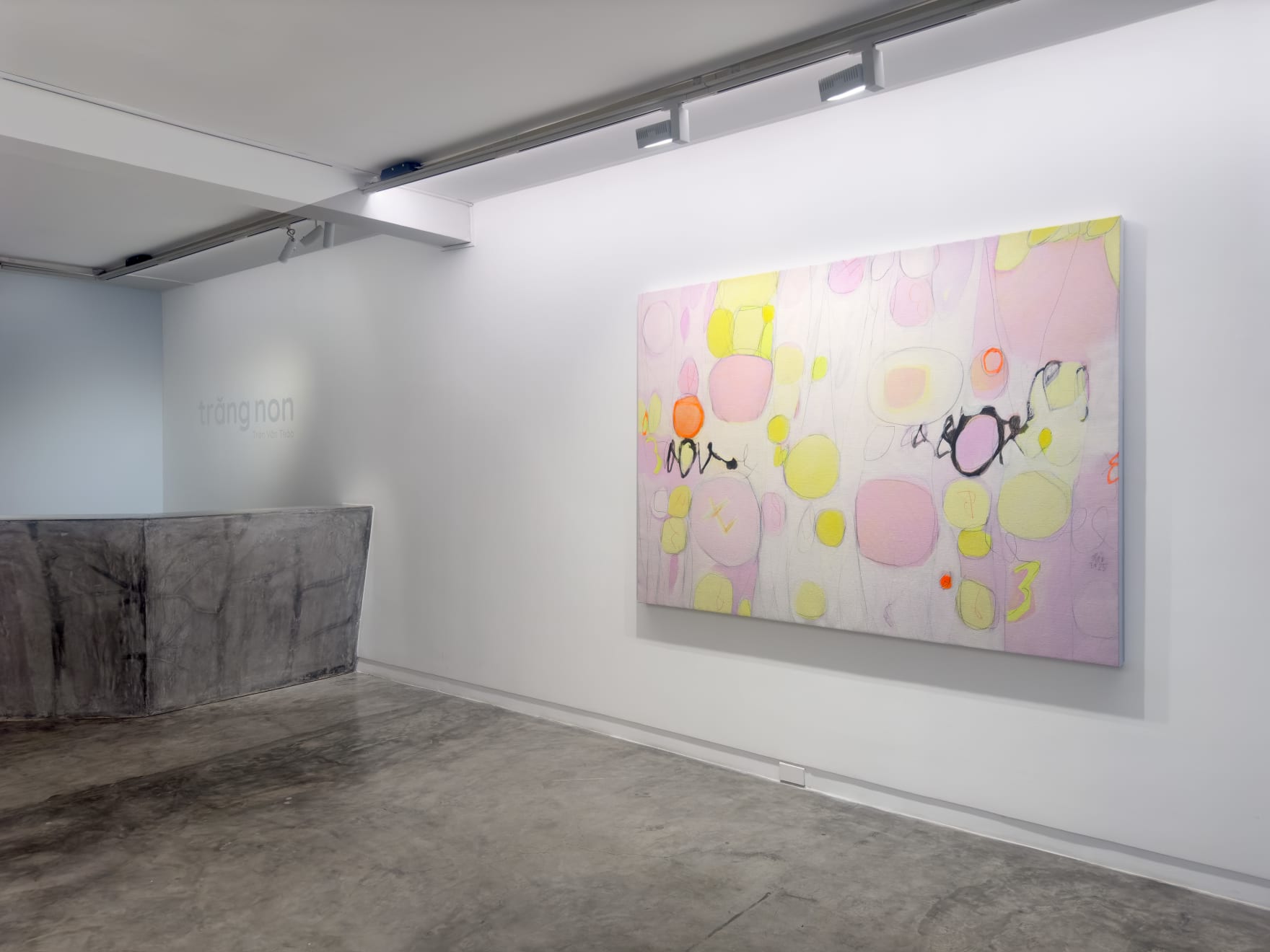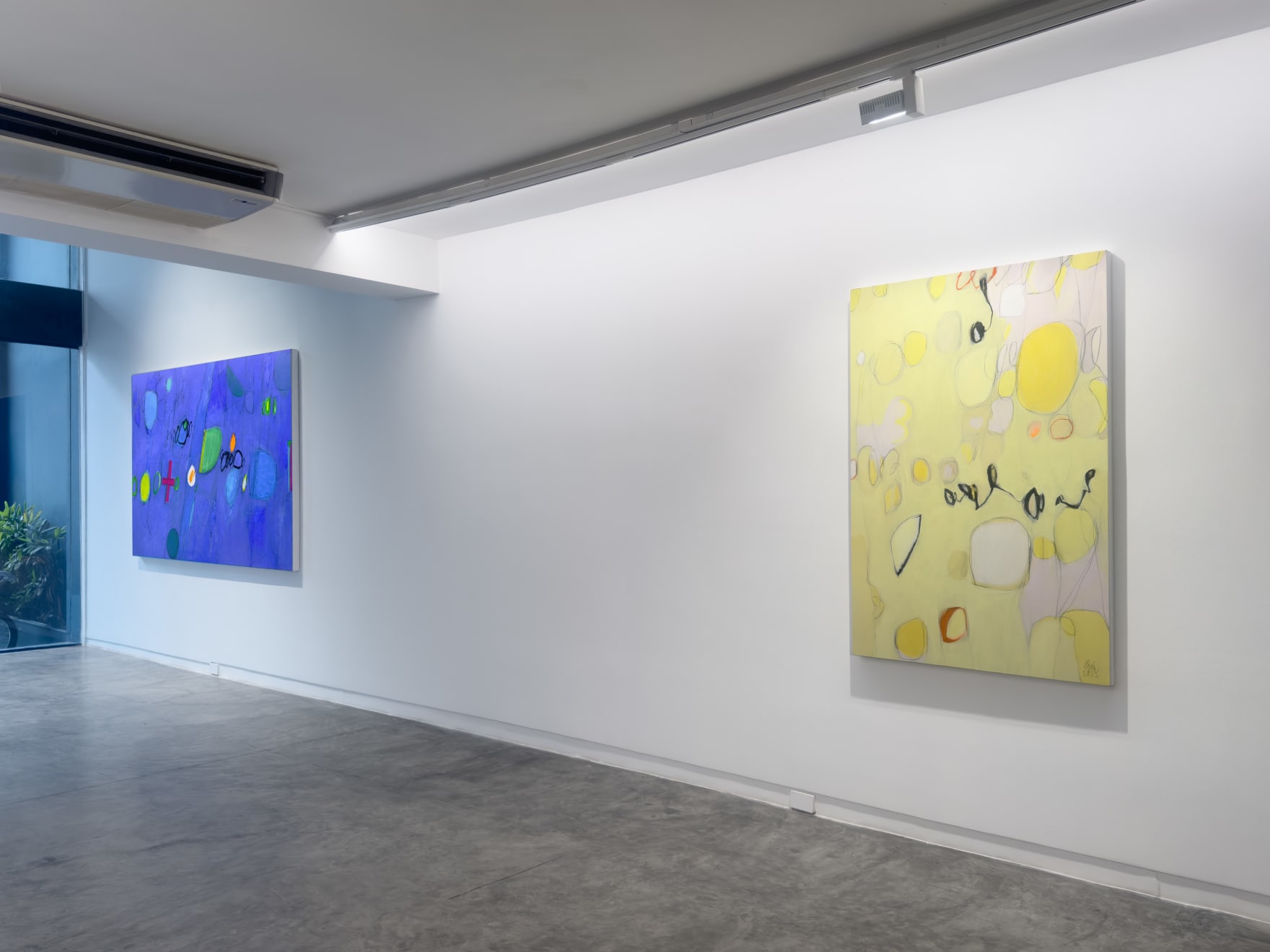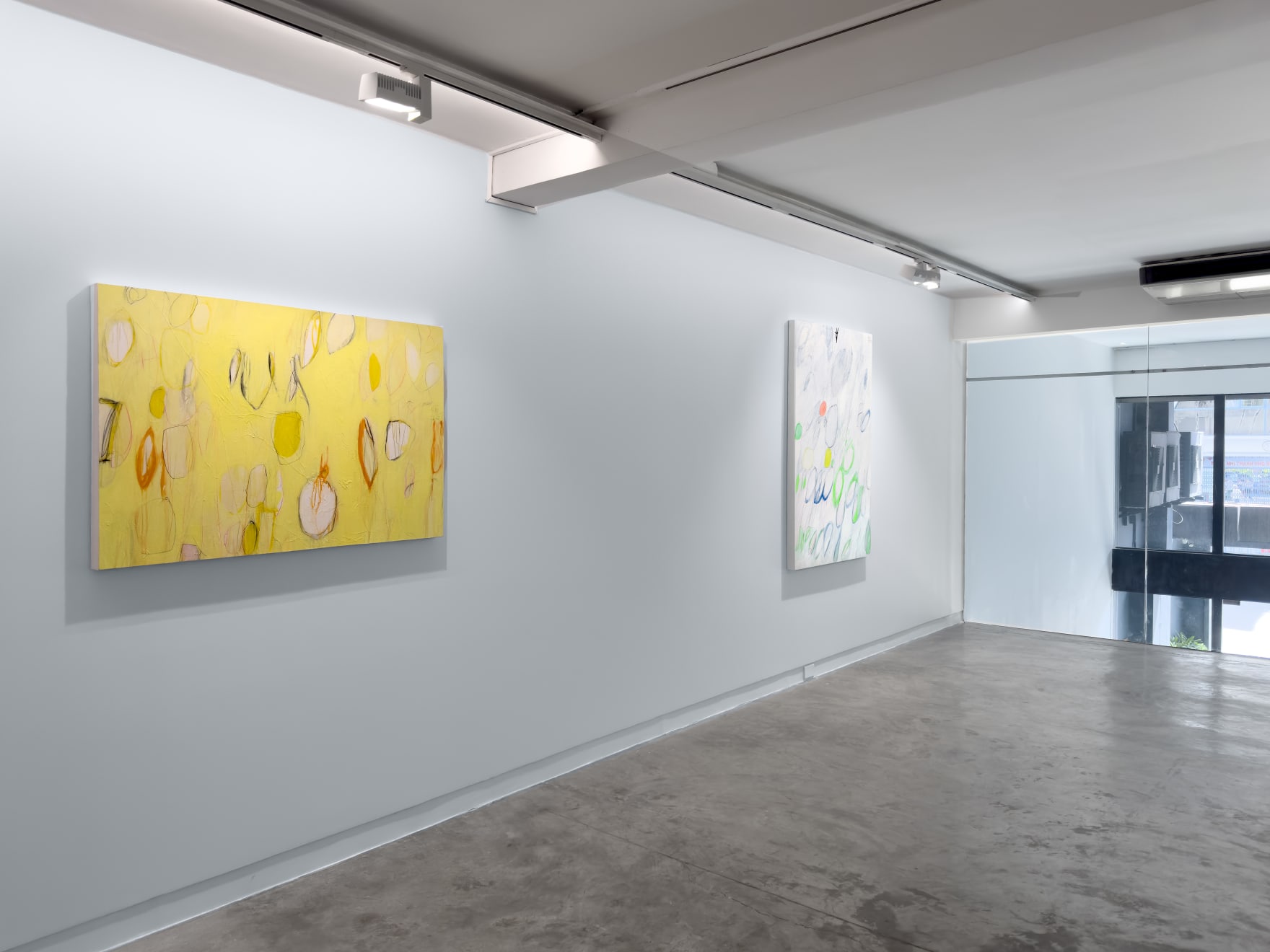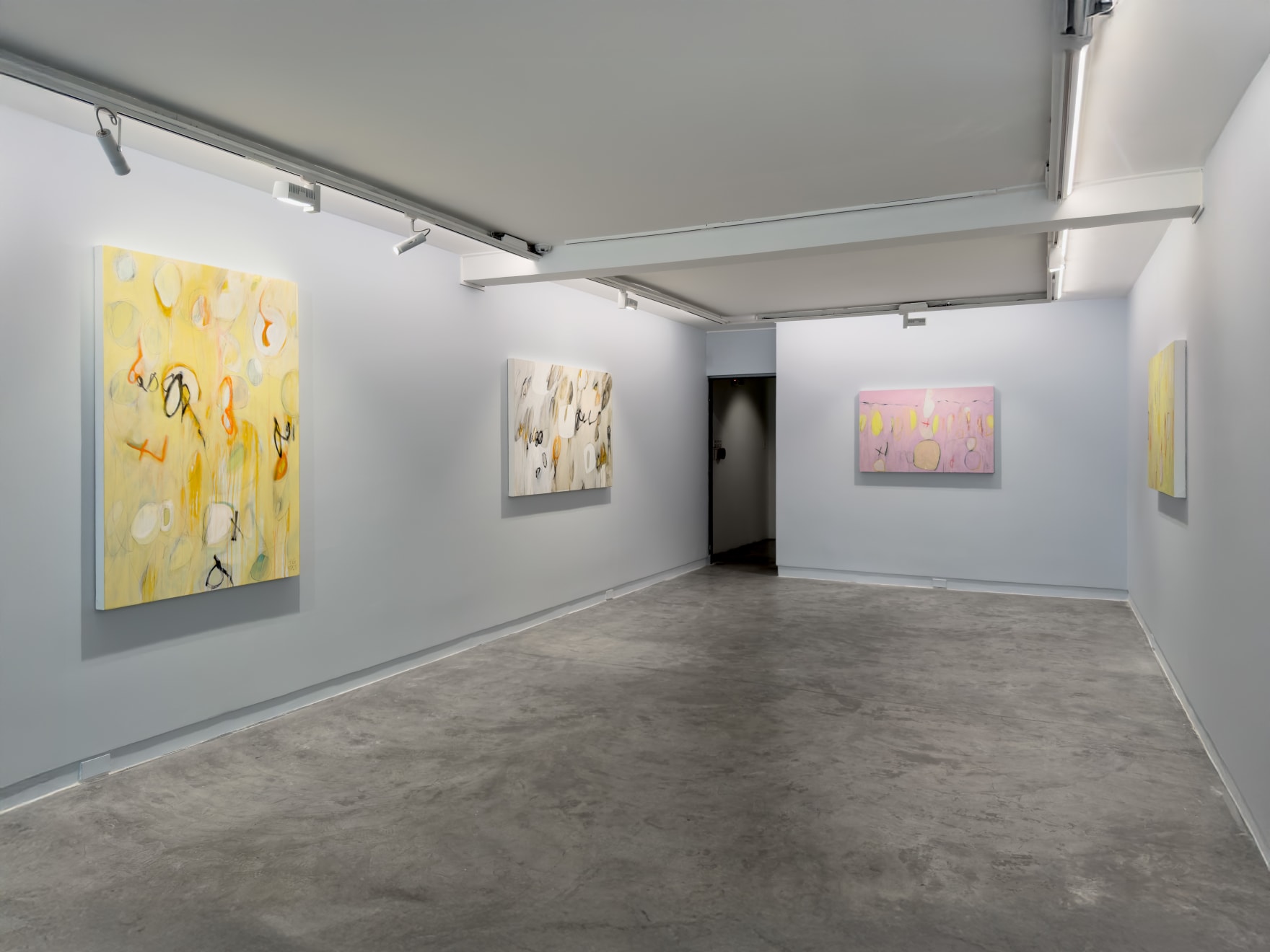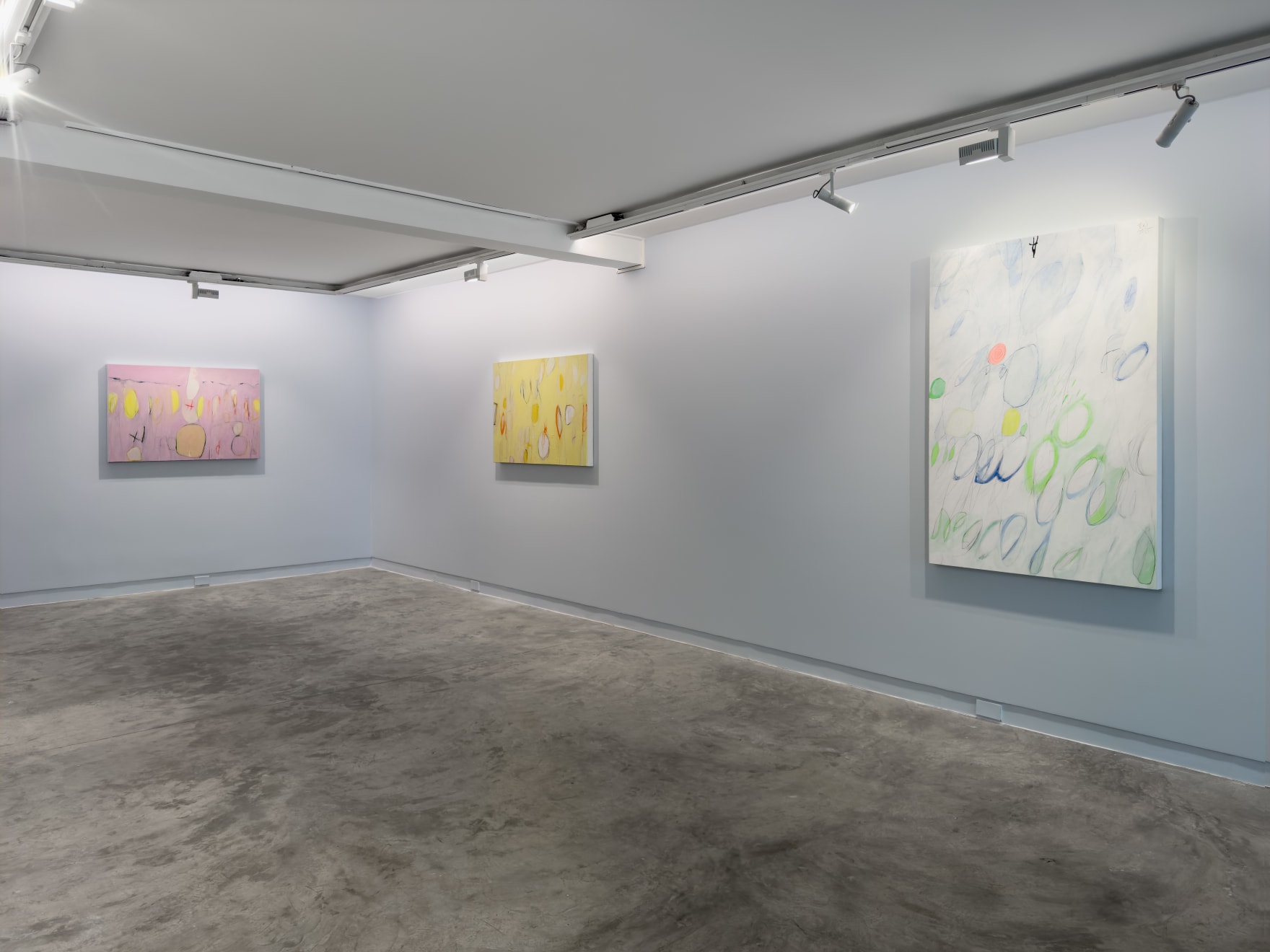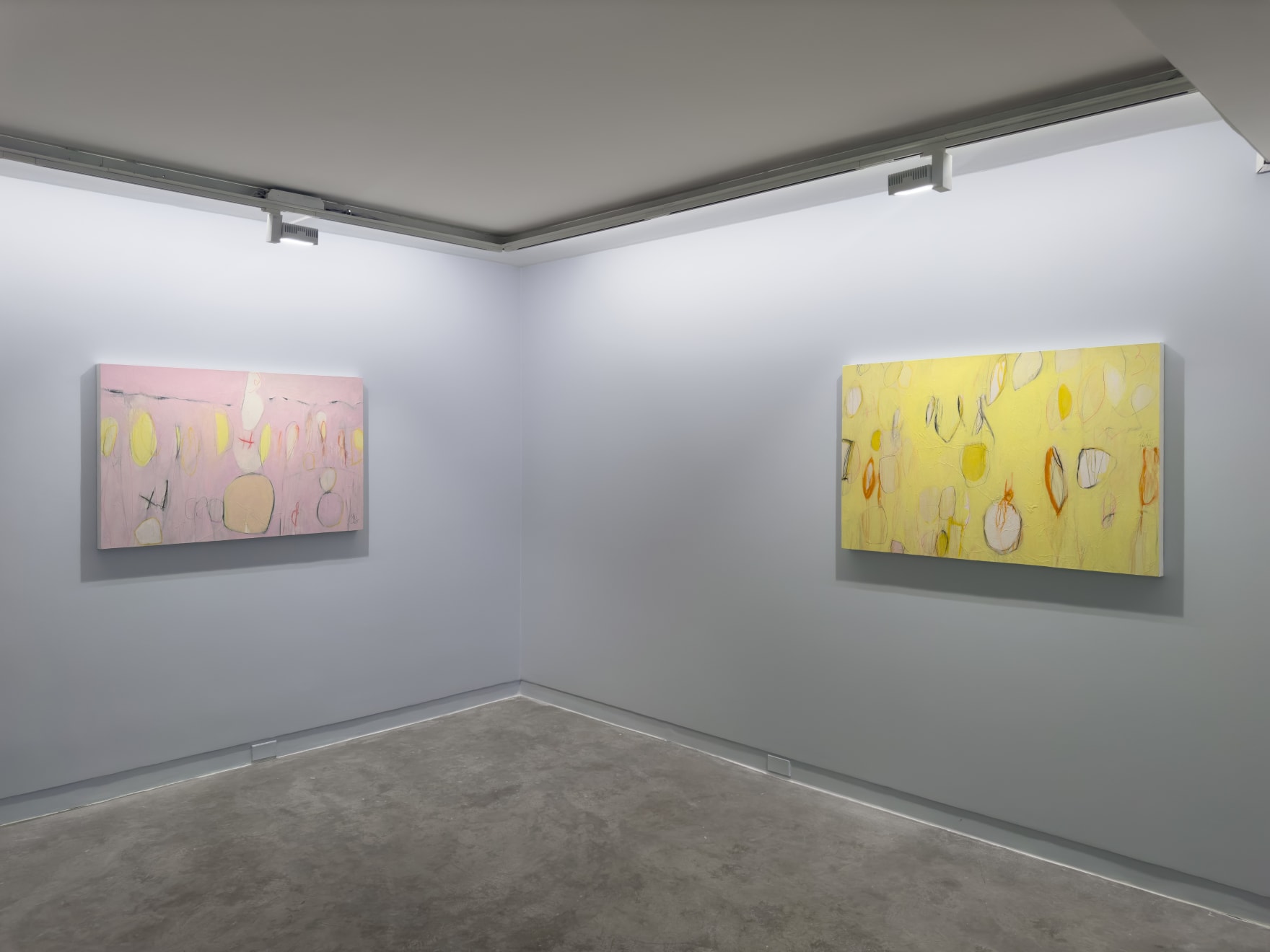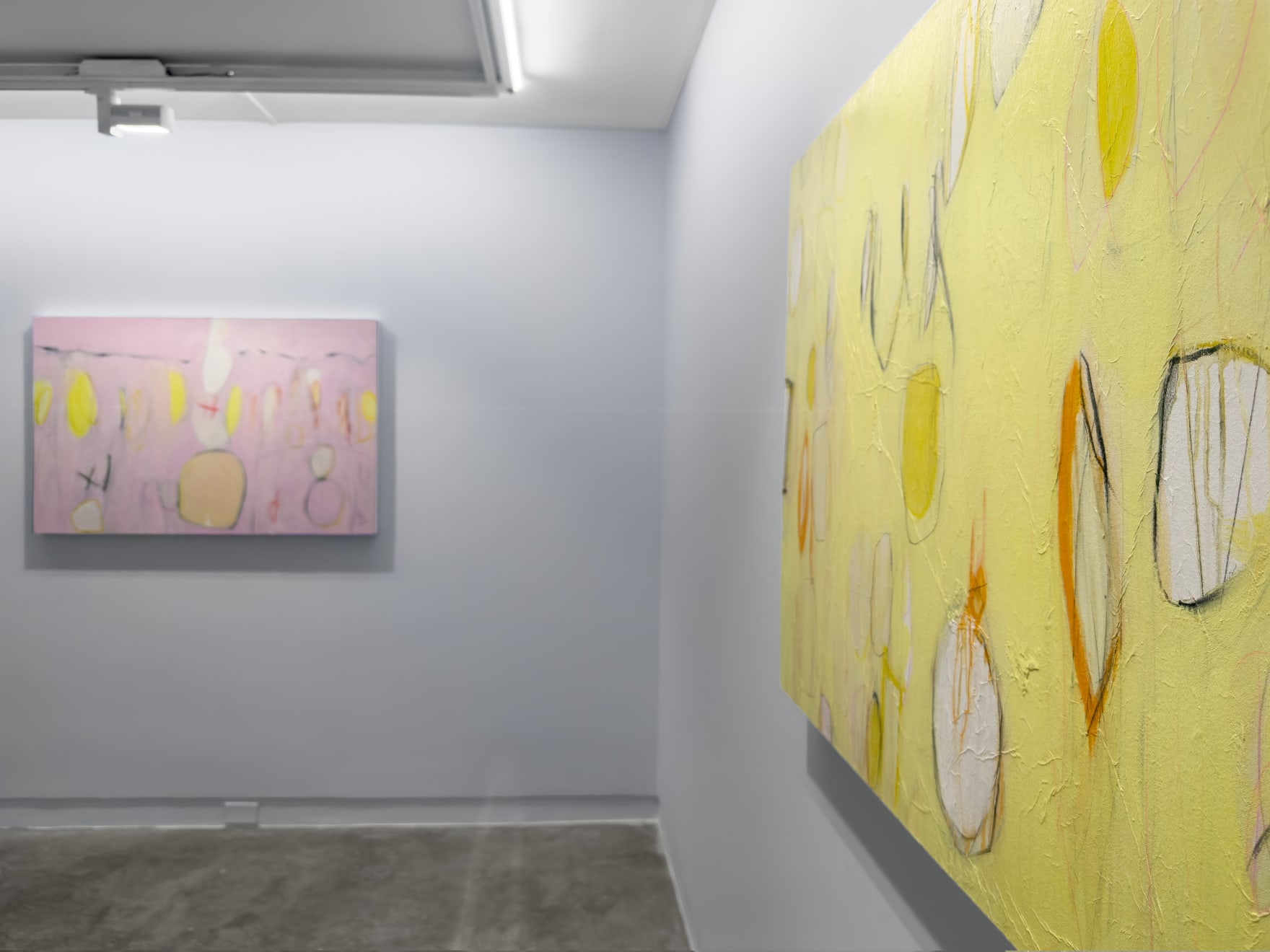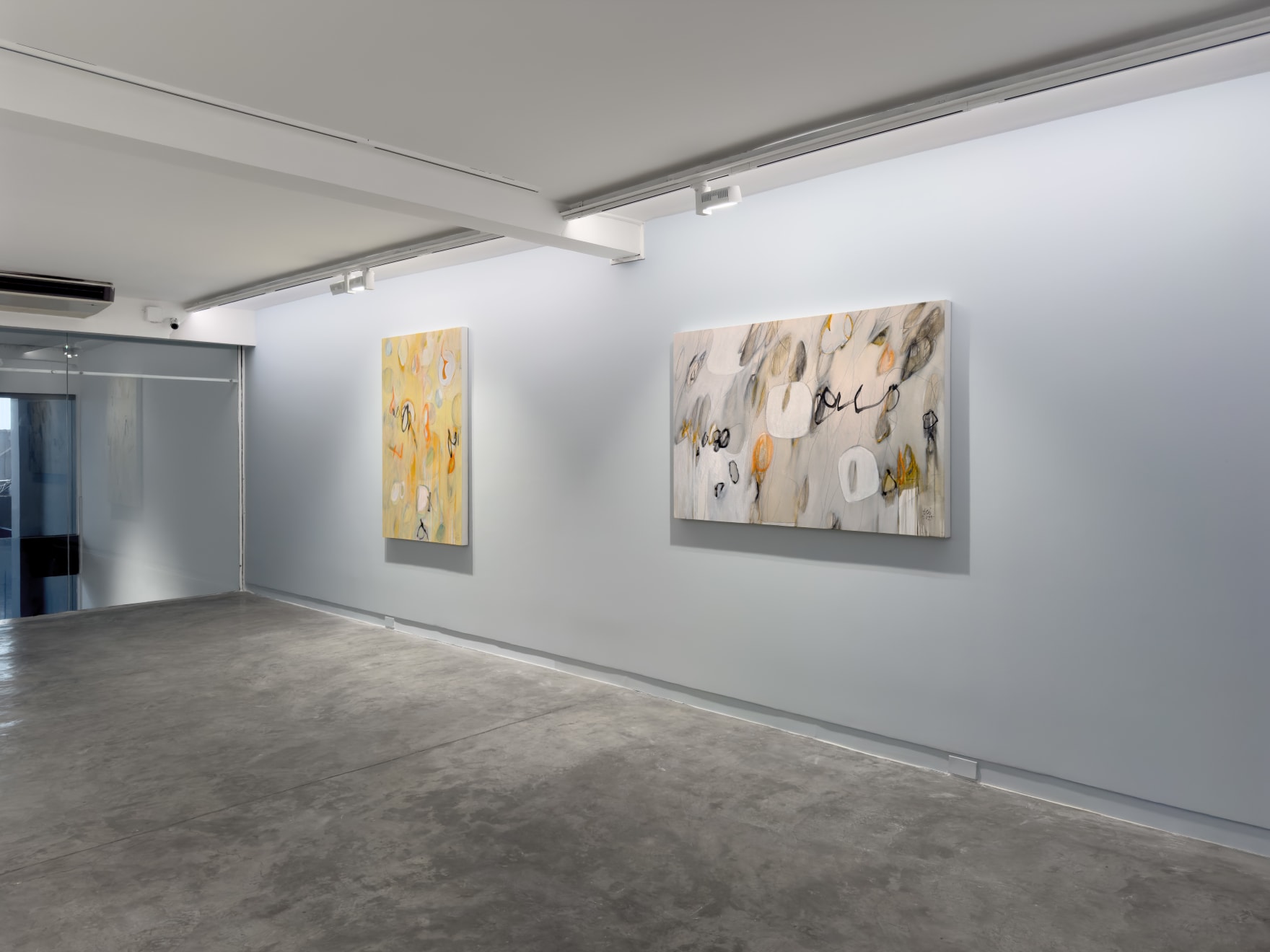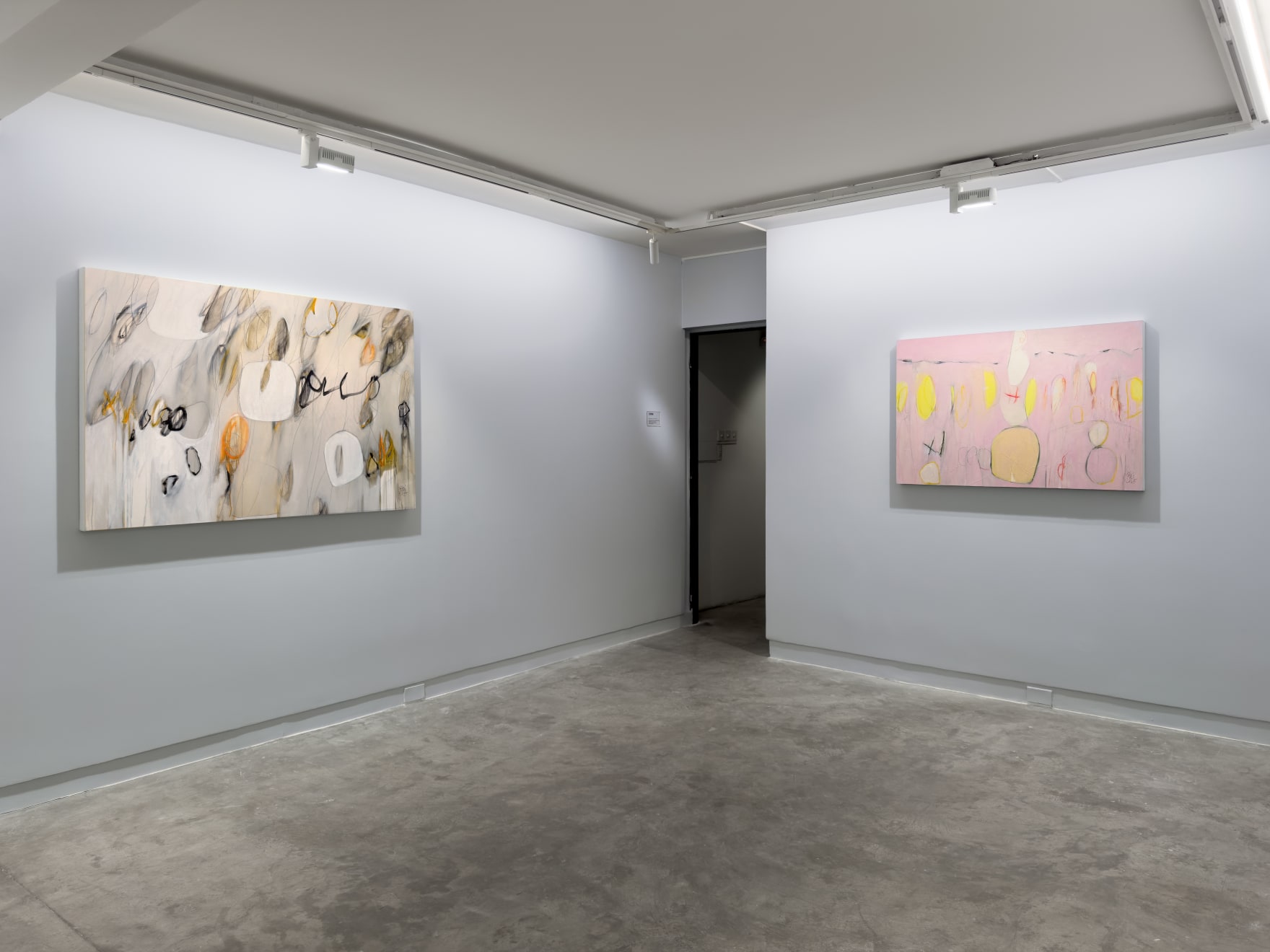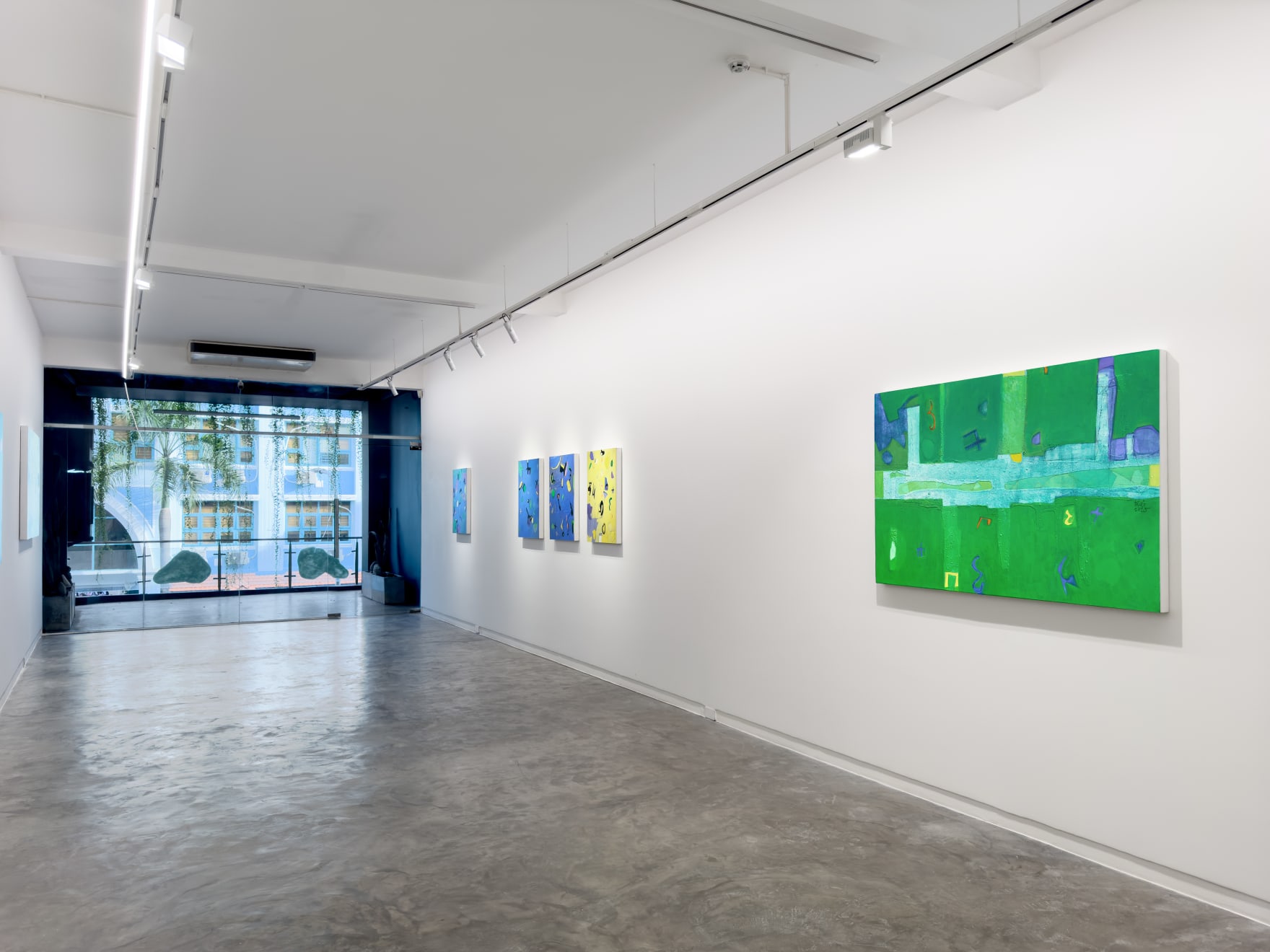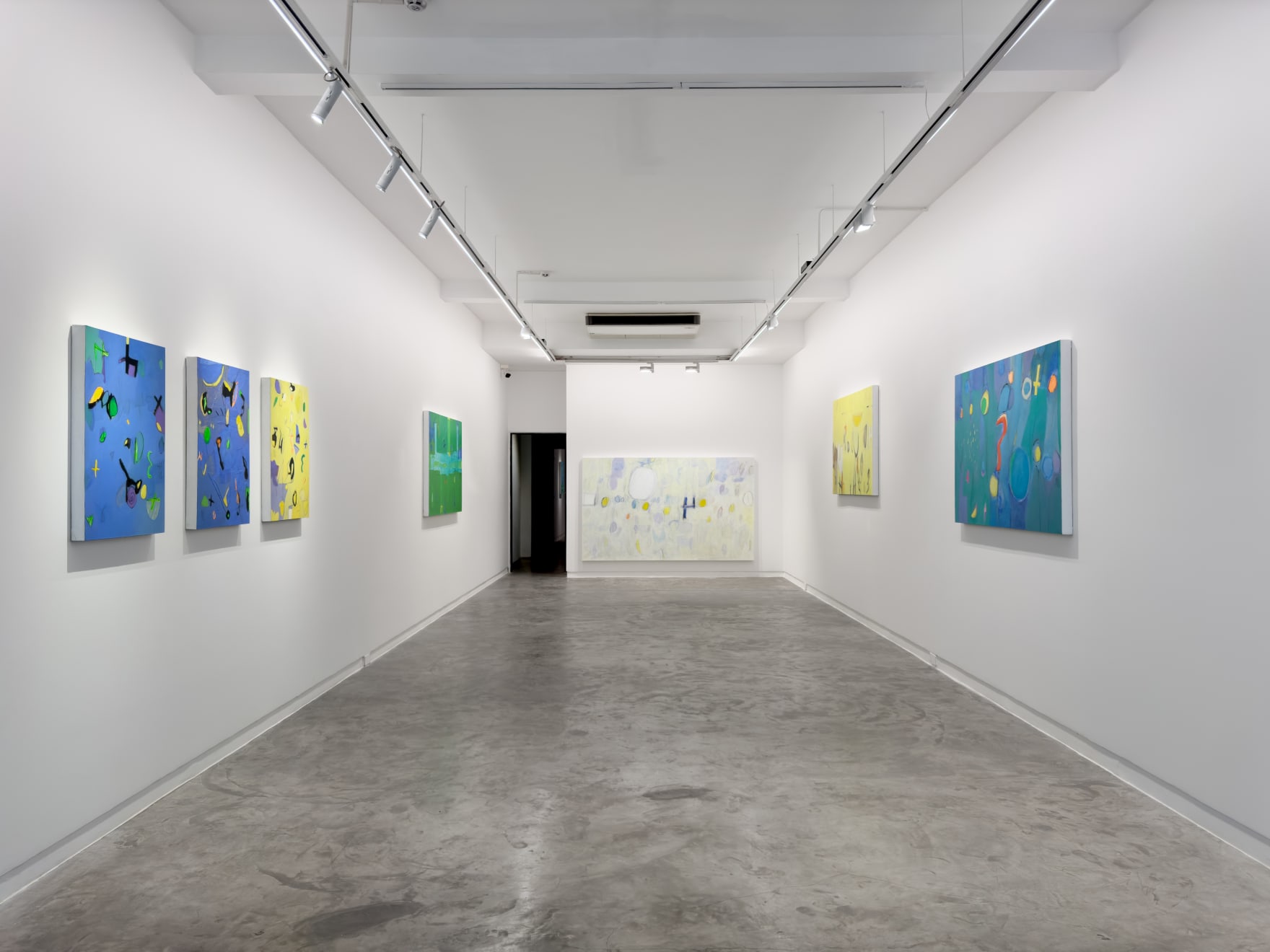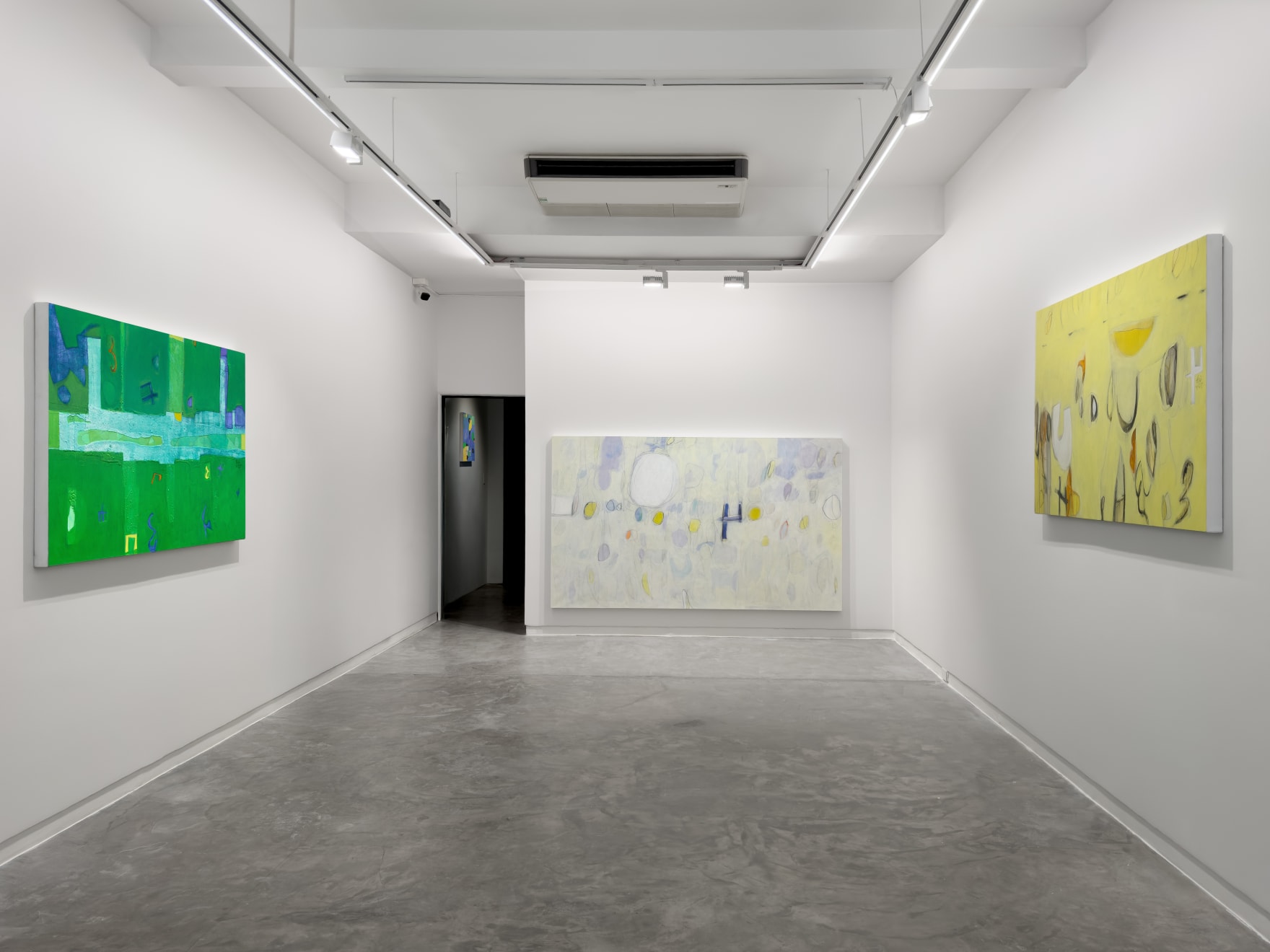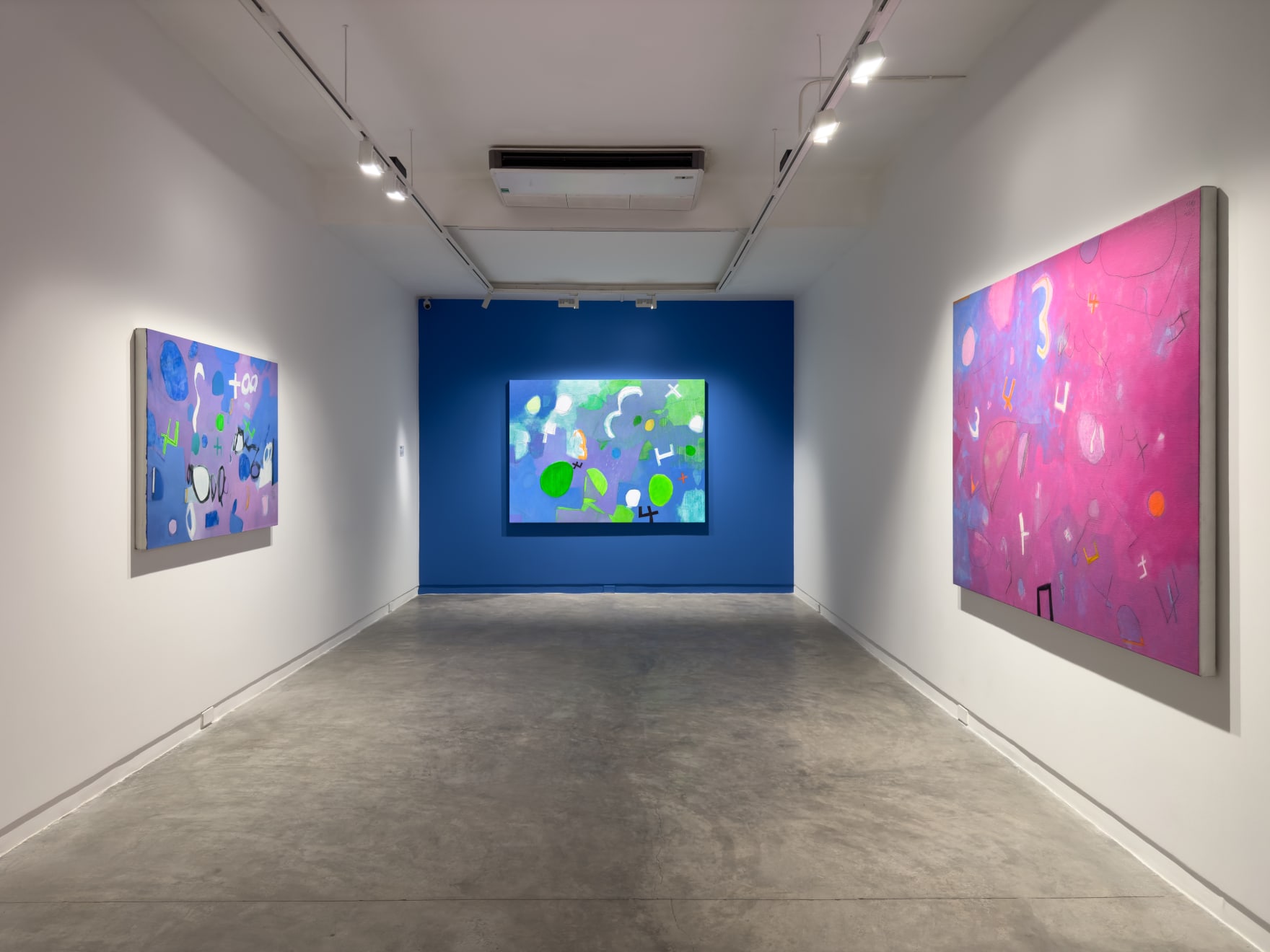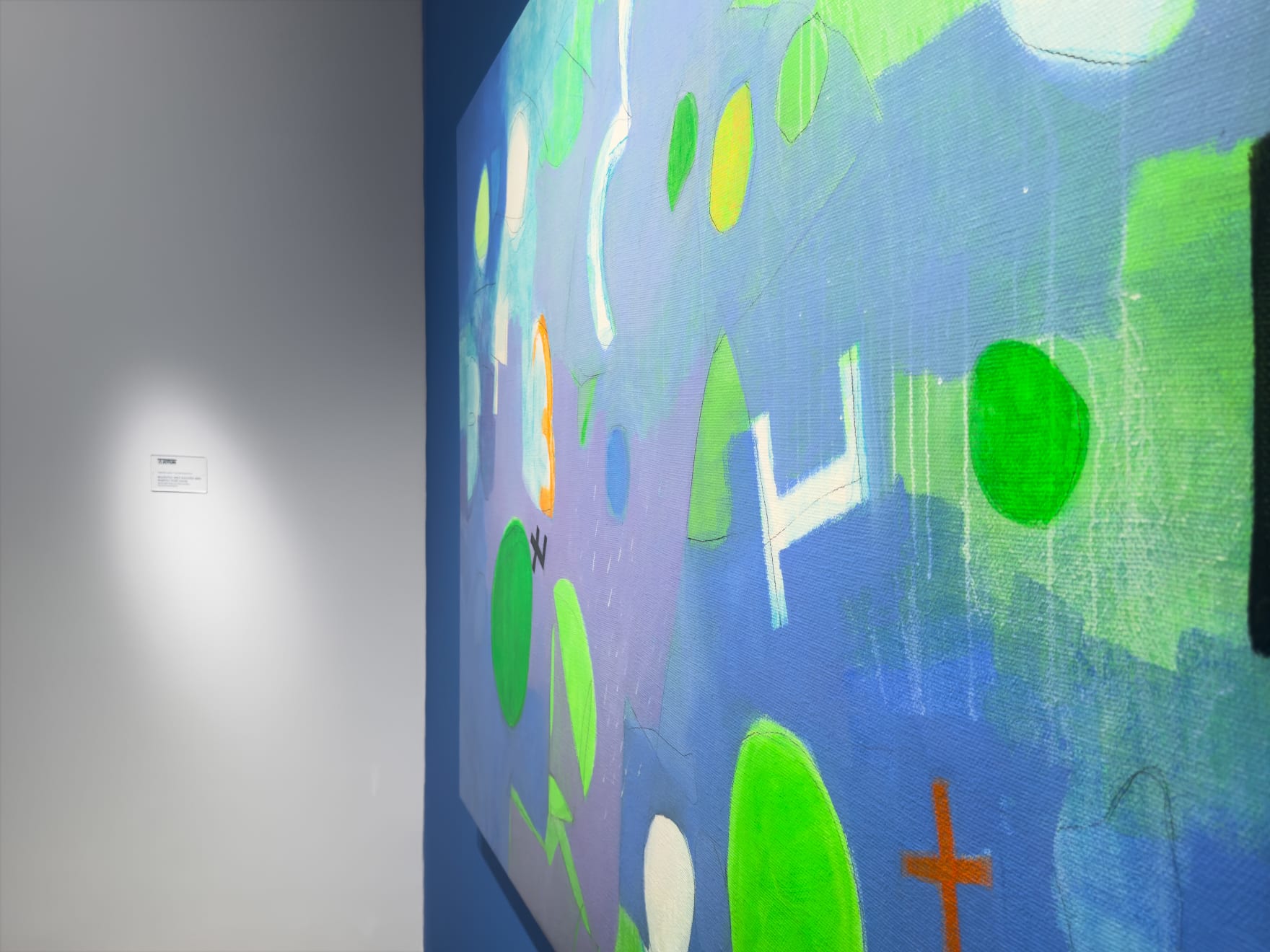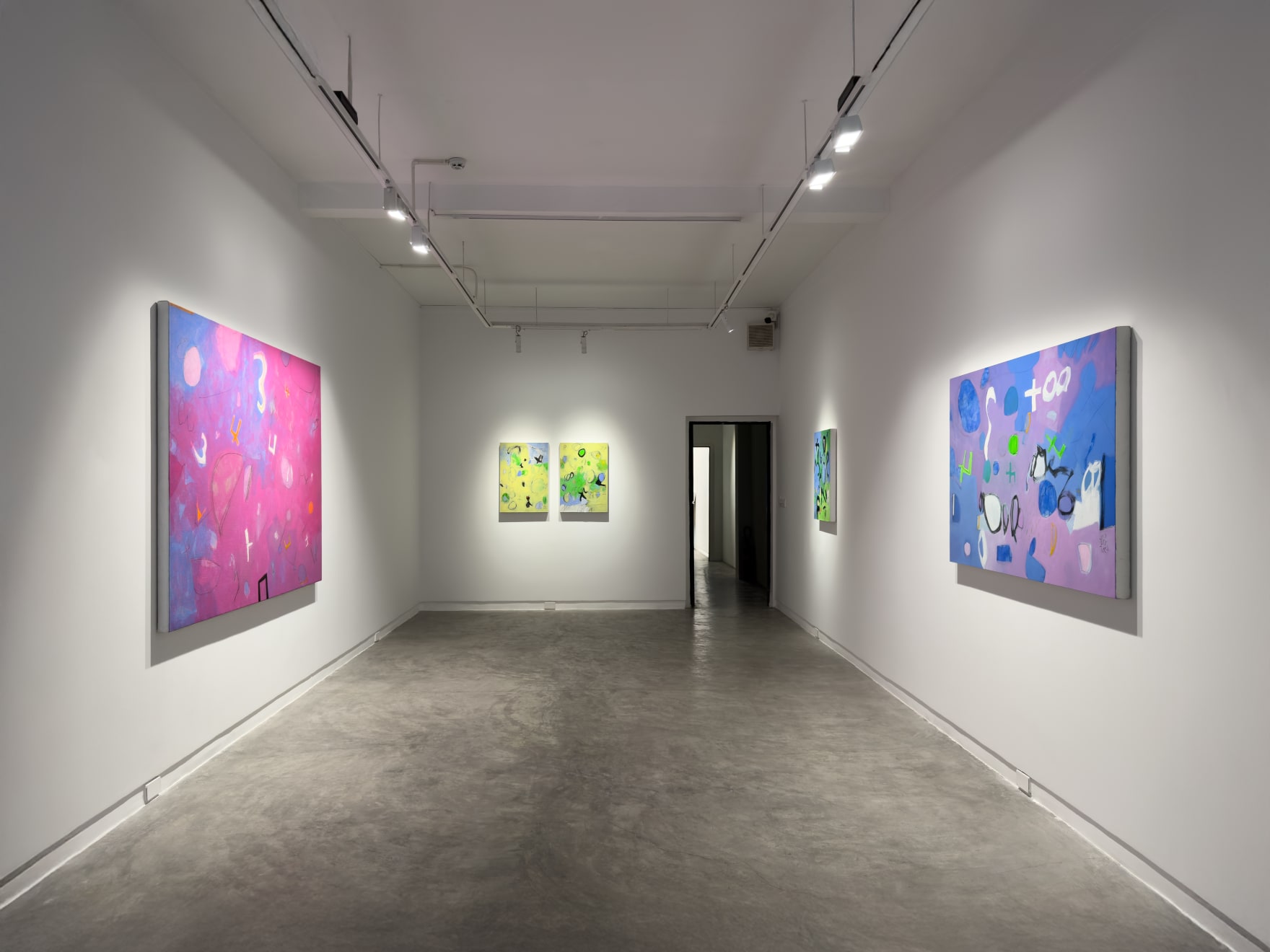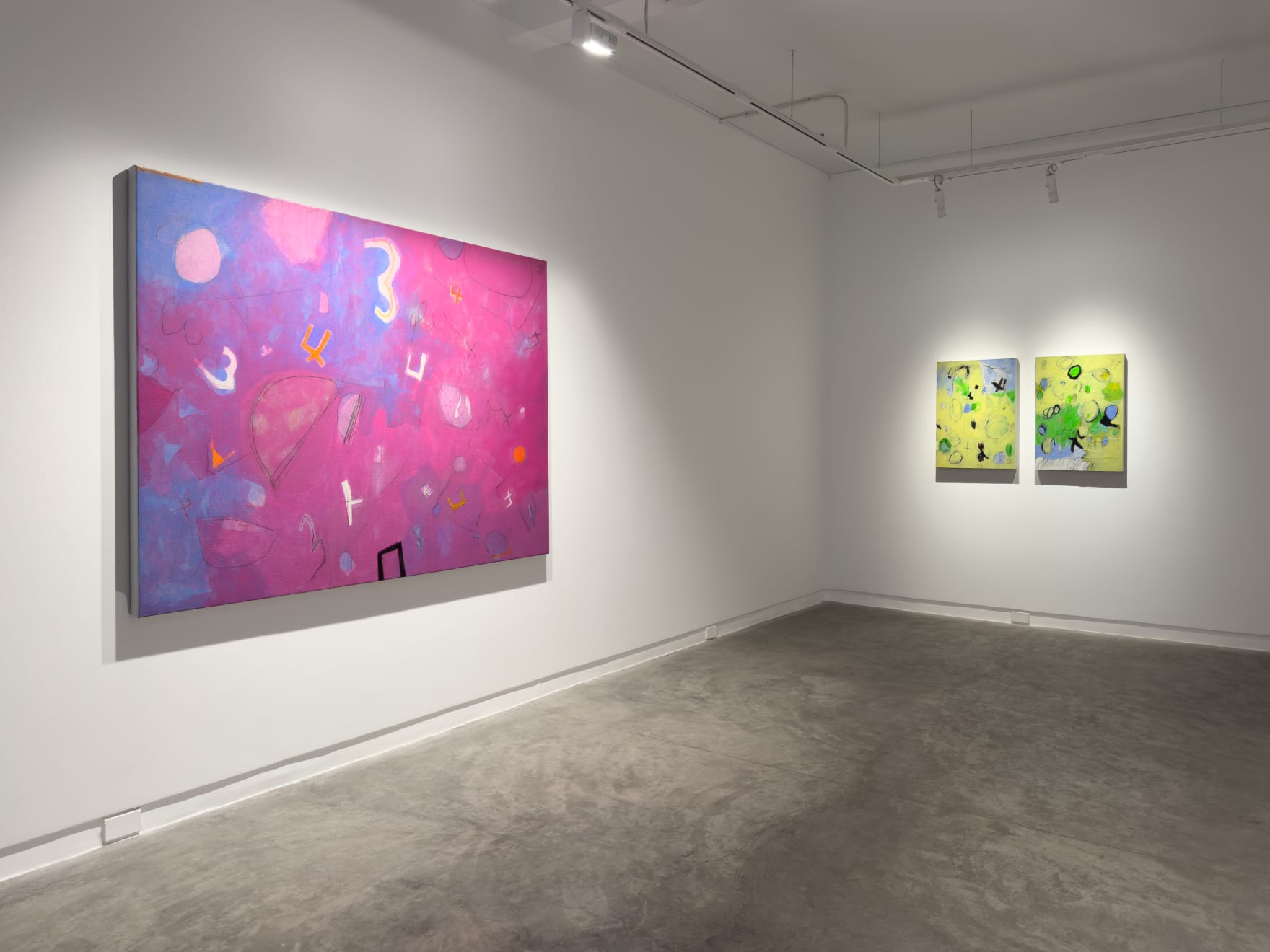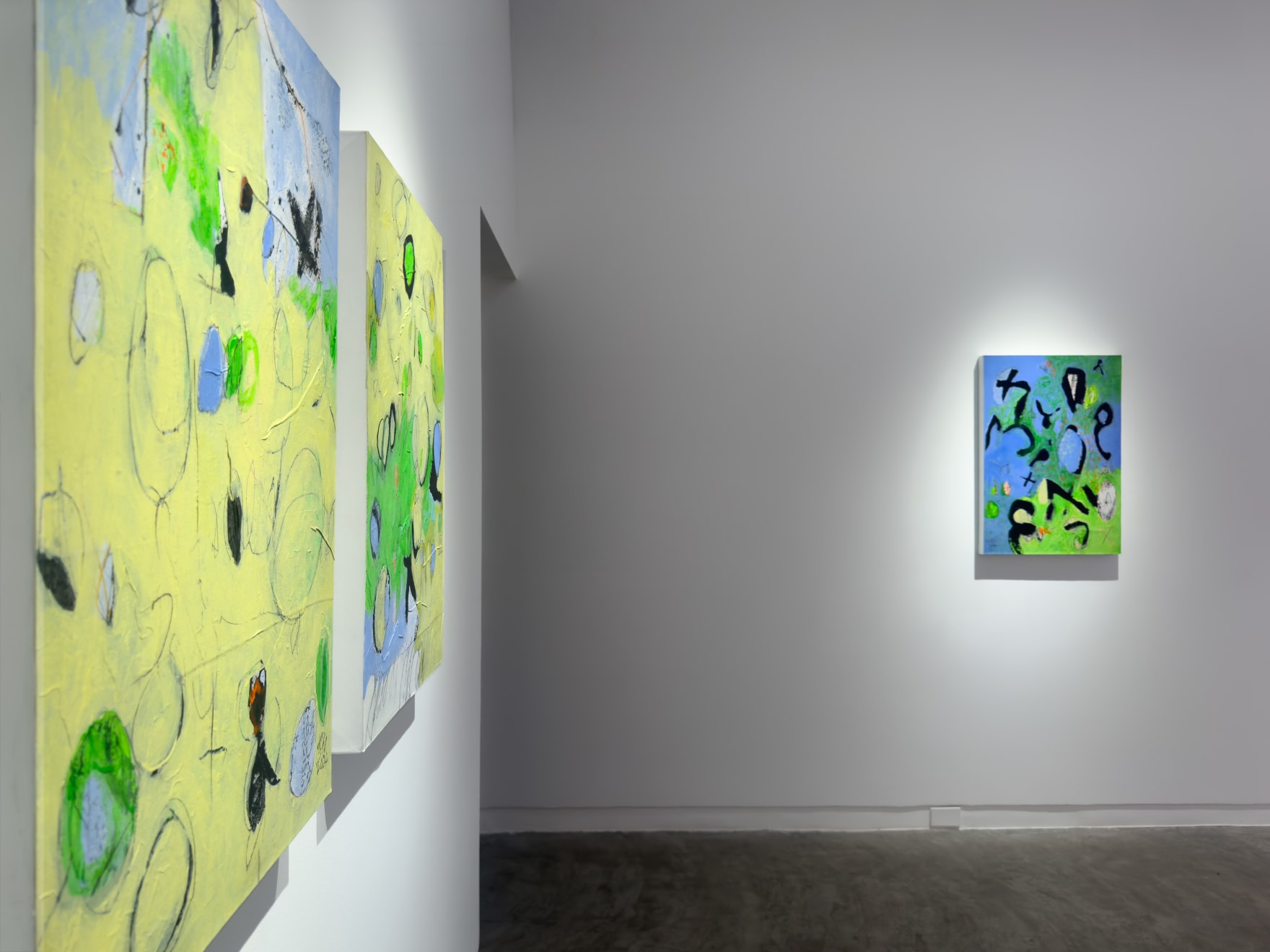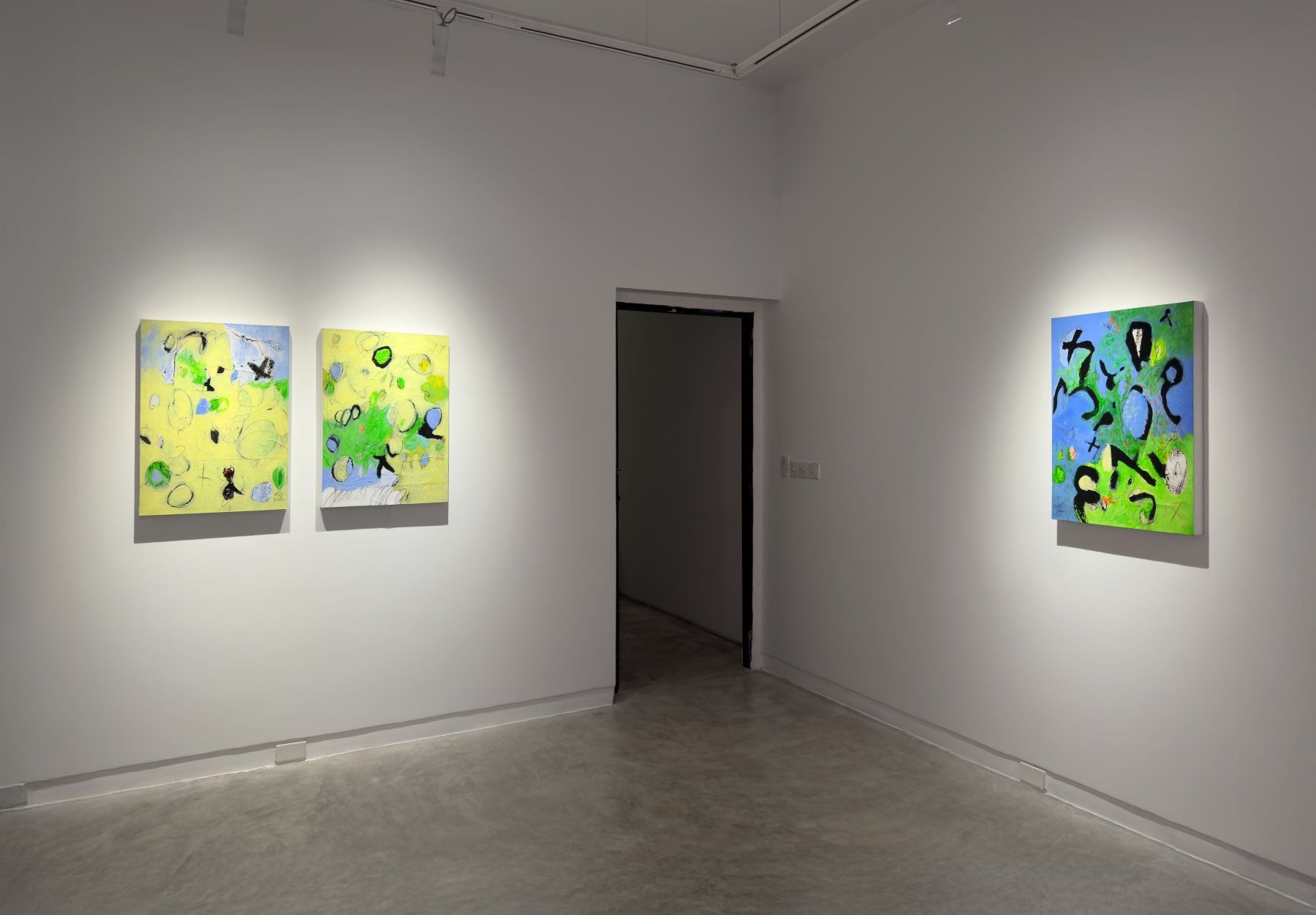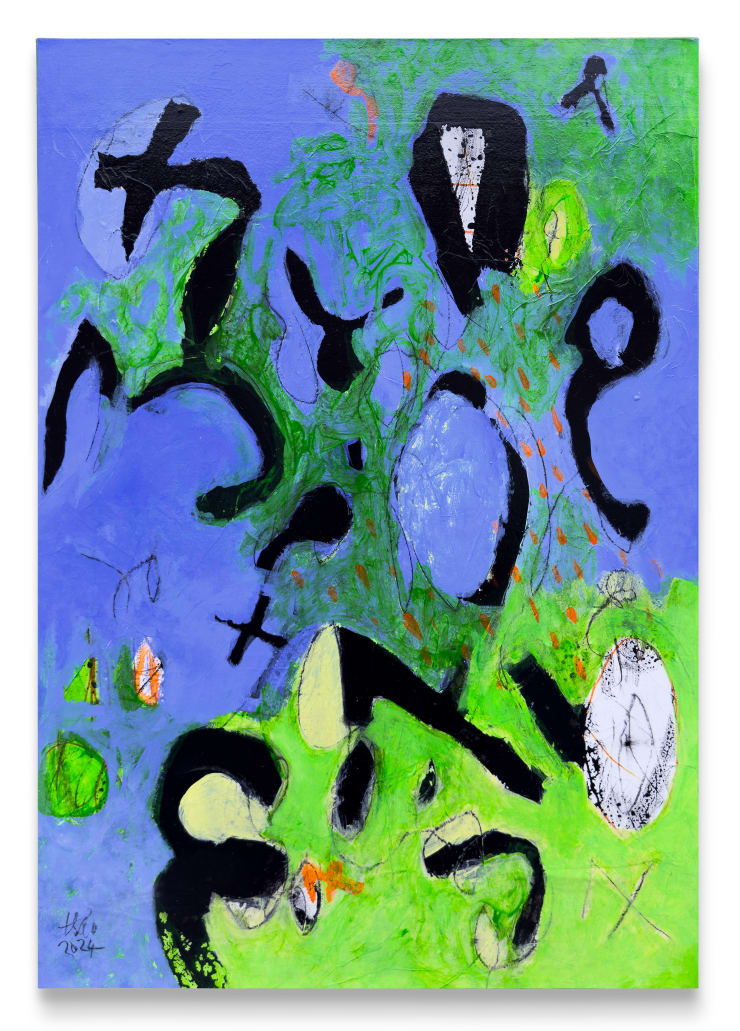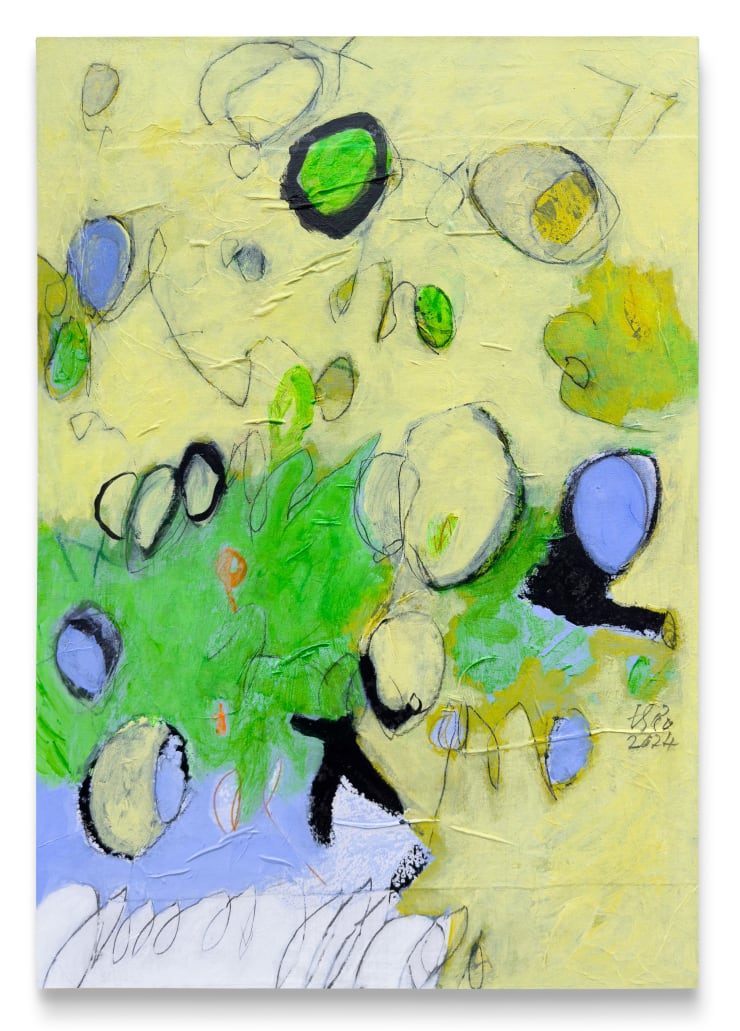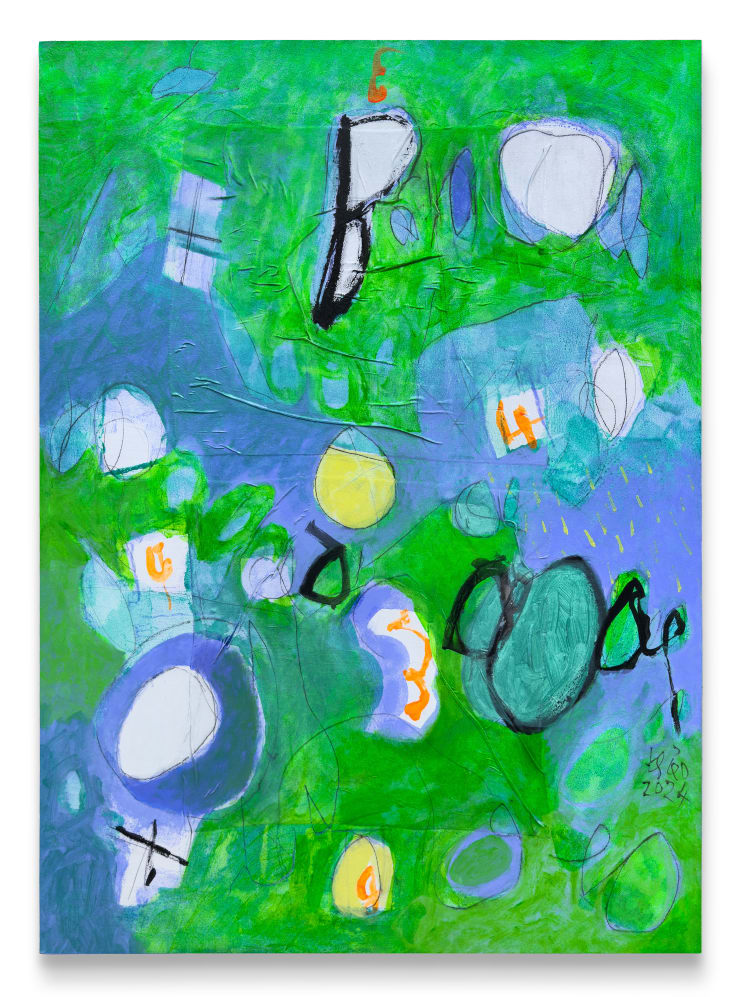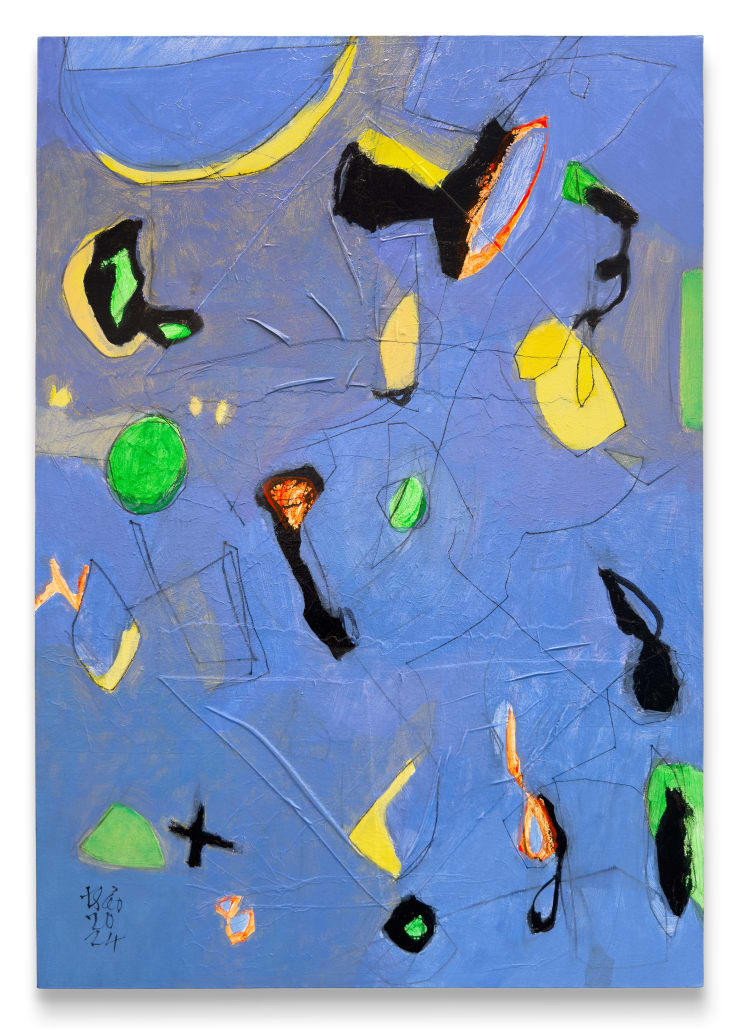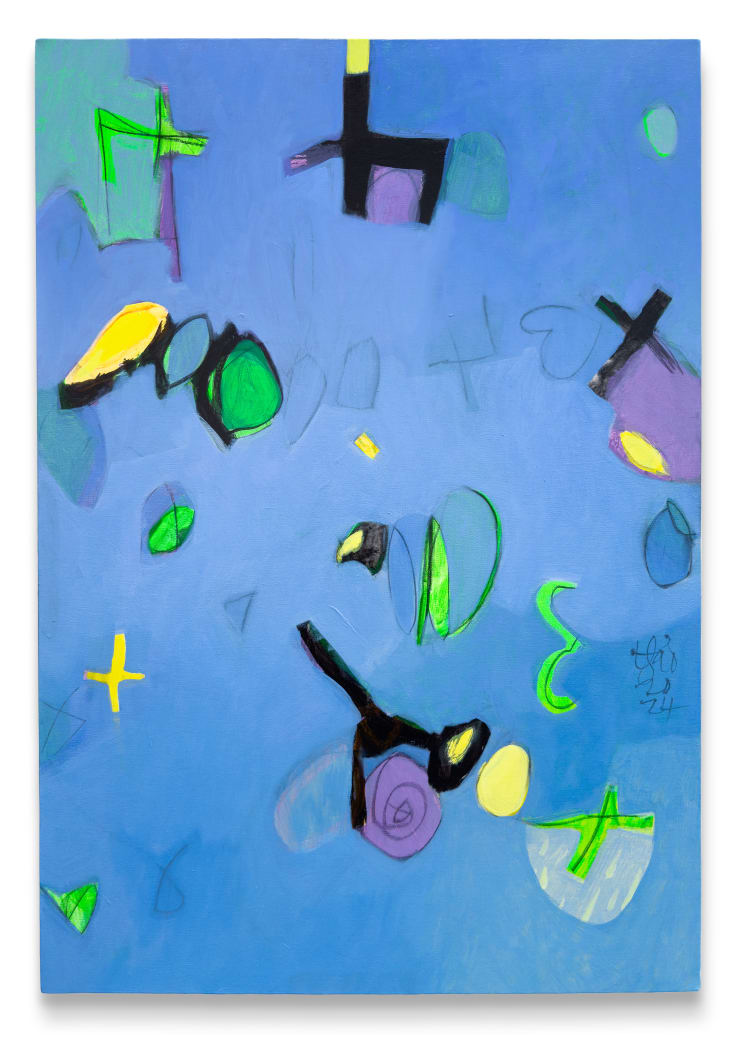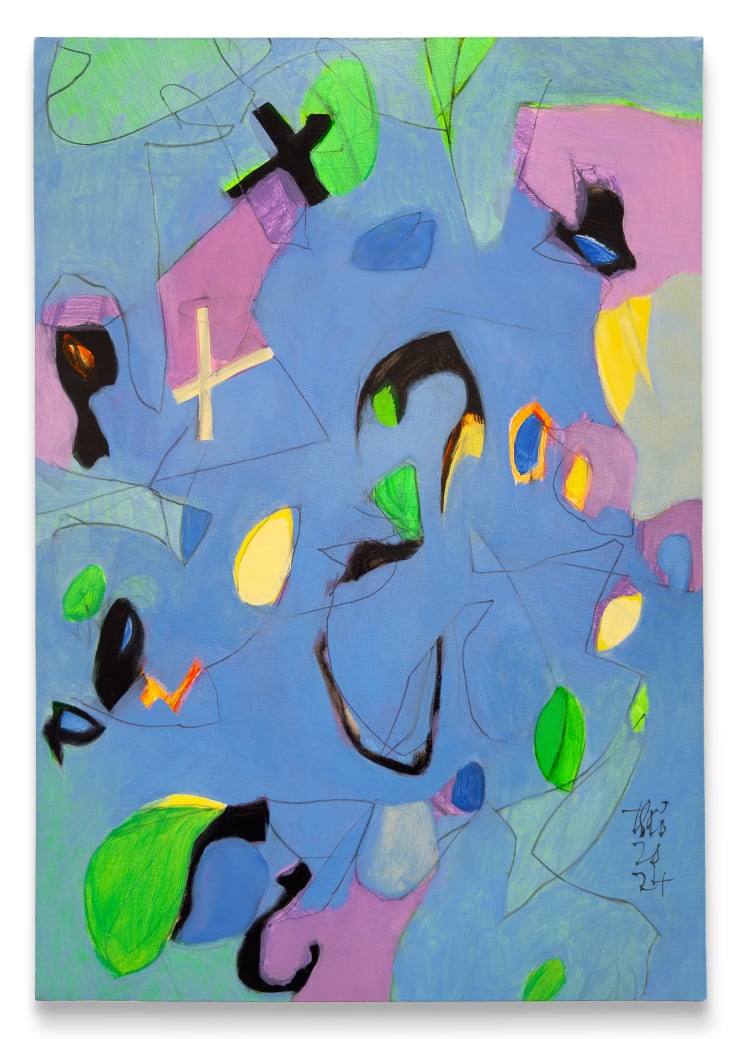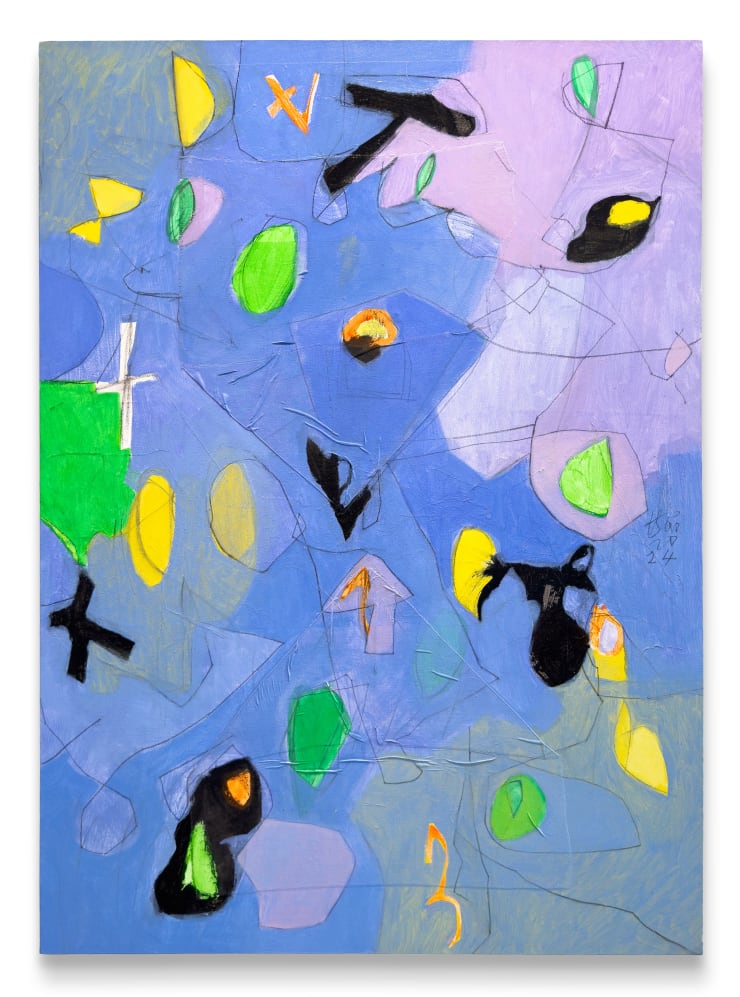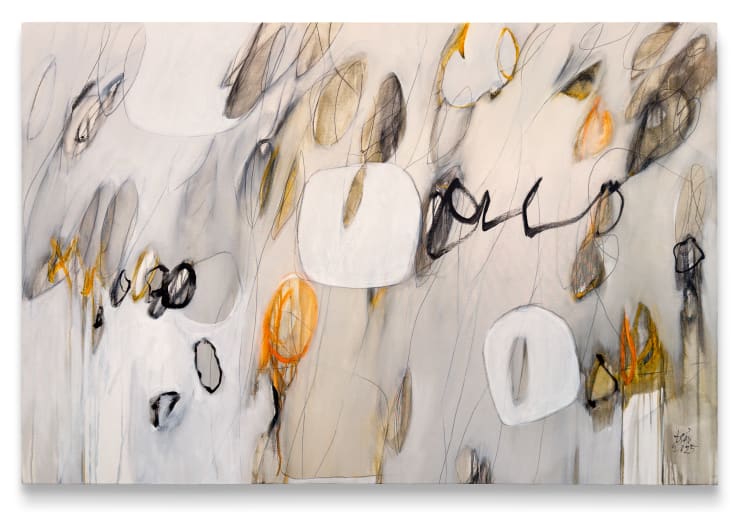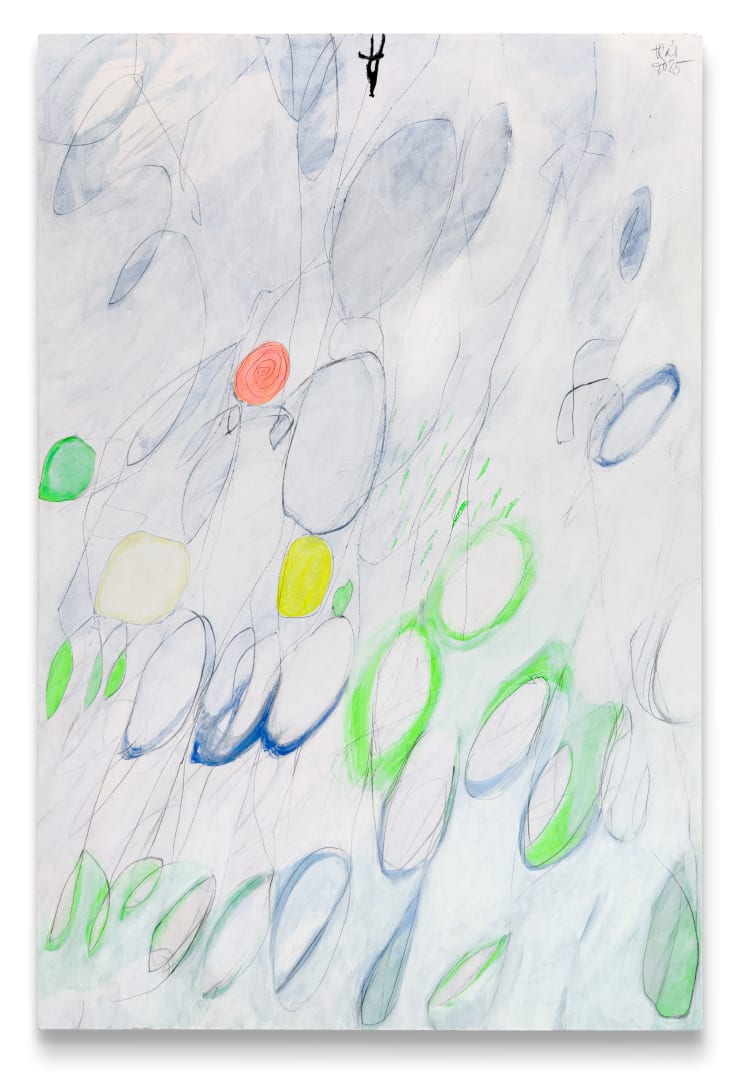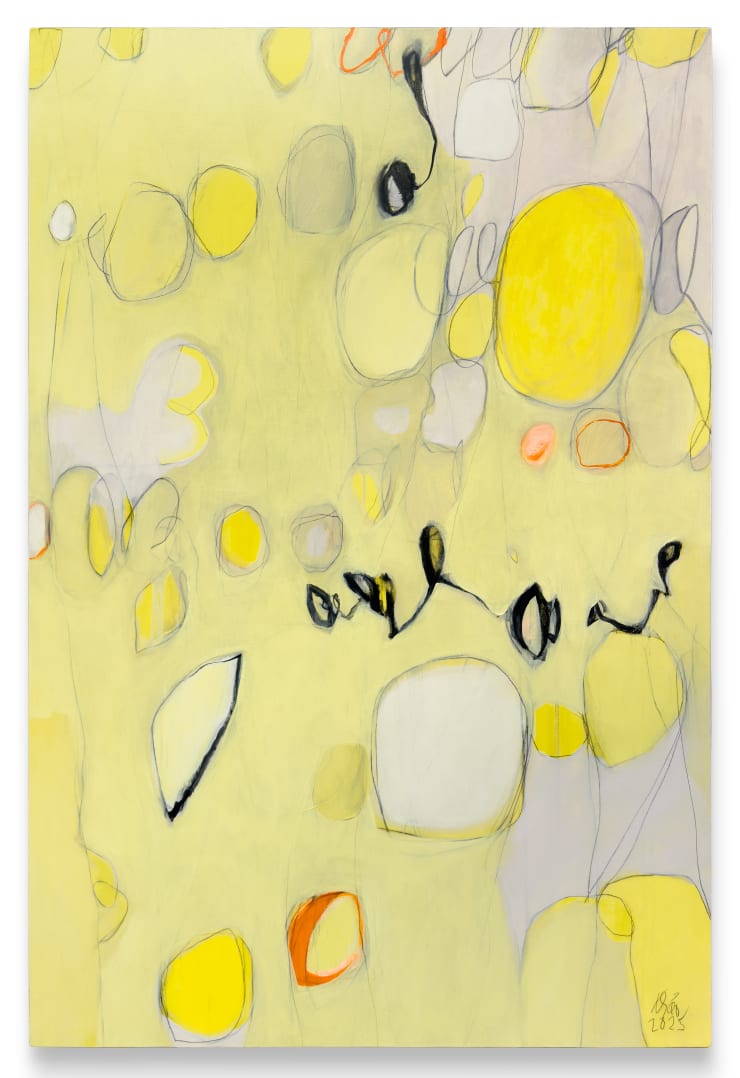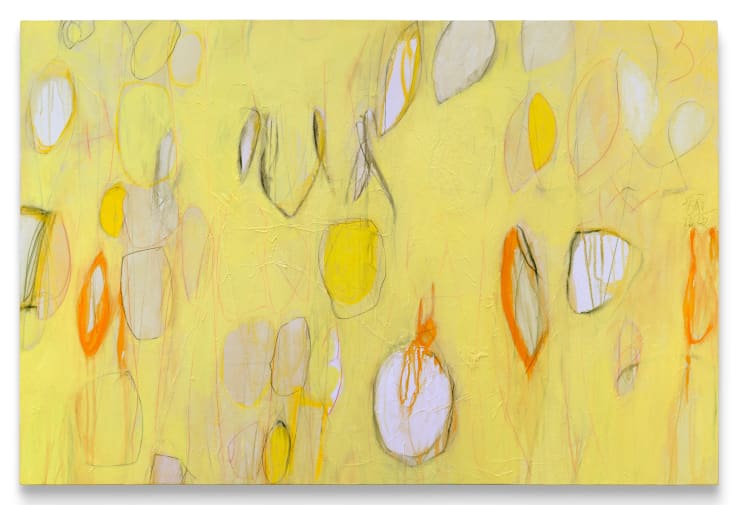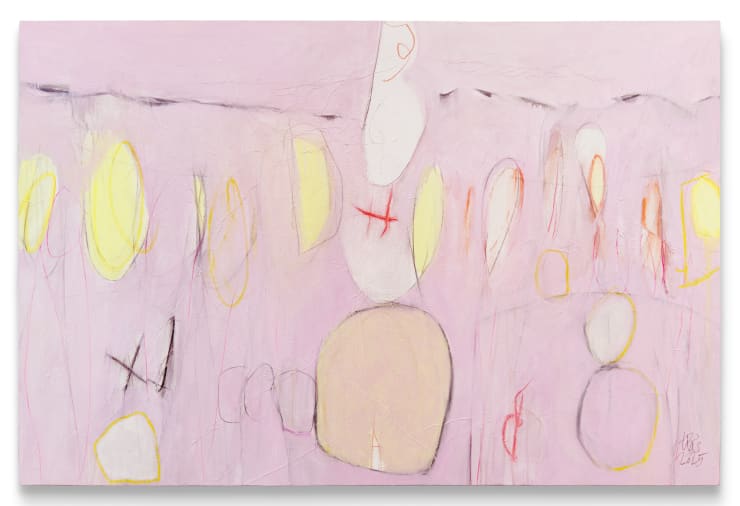Trăng non: Trần Văn Thảo
-
 Tran Van Thao, trăng non #1, 2023
Tran Van Thao, trăng non #1, 2023 -
 Tran Van Thao, trăng non #2, 2024
Tran Van Thao, trăng non #2, 2024 -
 Tran Van Thao, trăng non #3, 2024
Tran Van Thao, trăng non #3, 2024 -
 Tran Van Thao, trăng non #4, 2024
Tran Van Thao, trăng non #4, 2024 -
 Tran Van Thao, trăng non #5, 2024
Tran Van Thao, trăng non #5, 2024 -
 Tran Van Thao, trăng non #6, 2024
Tran Van Thao, trăng non #6, 2024 -
 Tran Van Thao, trăng non #7, 2024
Tran Van Thao, trăng non #7, 2024 -
 Tran Van Thao, trăng non #8, 2024
Tran Van Thao, trăng non #8, 2024 -
 Tran Van Thao, trăng non #9, 2024
Tran Van Thao, trăng non #9, 2024 -
 Tran Van Thao, trăng non #10, 2024
Tran Van Thao, trăng non #10, 2024 -
 Tran Van Thao, trăng non #11, 2024
Tran Van Thao, trăng non #11, 2024 -
 Tran Van Thao, trăng non #12, 2024
Tran Van Thao, trăng non #12, 2024 -
 Tran Van Thao, trăng non #13, 2024
Tran Van Thao, trăng non #13, 2024 -
 Tran Van Thao, trăng non #14, 2025
Tran Van Thao, trăng non #14, 2025 -
 Tran Van Thao, trăng non #15, 2025
Tran Van Thao, trăng non #15, 2025 -
 Tran Van Thao, trăng non #16, 2025
Tran Van Thao, trăng non #16, 2025 -
 Tran Van Thao, trăng non #17, 2025
Tran Van Thao, trăng non #17, 2025 -
 Tran Van Thao, trăng non #18, 2025
Tran Van Thao, trăng non #18, 2025 -
 Tran Van Thao, trăng non #19, 2025
Tran Van Thao, trăng non #19, 2025 -
 Tran Van Thao, trăng non #20, 2025
Tran Van Thao, trăng non #20, 2025 -
 Tran Van Thao, trăng non #21, 2025
Tran Van Thao, trăng non #21, 2025 -
 Tran Van Thao, trăng non #22, 2025
Tran Van Thao, trăng non #22, 2025 -
 Tran Van Thao, trăng non #23, 2025
Tran Van Thao, trăng non #23, 2025 -
 Tran Van Thao, trăng non #24, 2025
Tran Van Thao, trăng non #24, 2025 -
 Tran Van Thao, trăng non #25, 2025
Tran Van Thao, trăng non #25, 2025 -
 Tran Van Thao, trăng non #26, 2025
Tran Van Thao, trăng non #26, 2025
Wanderer moon
smiling a
faintly ironical smile
at this
brilliant, dew-moistened
summer morning,—
a detached
sleepily indifferent
smile, a
wanderer’s smile,—
if I should
buy a shirt
your color and
put on a necktie
sky-blue
where would they carry me?

